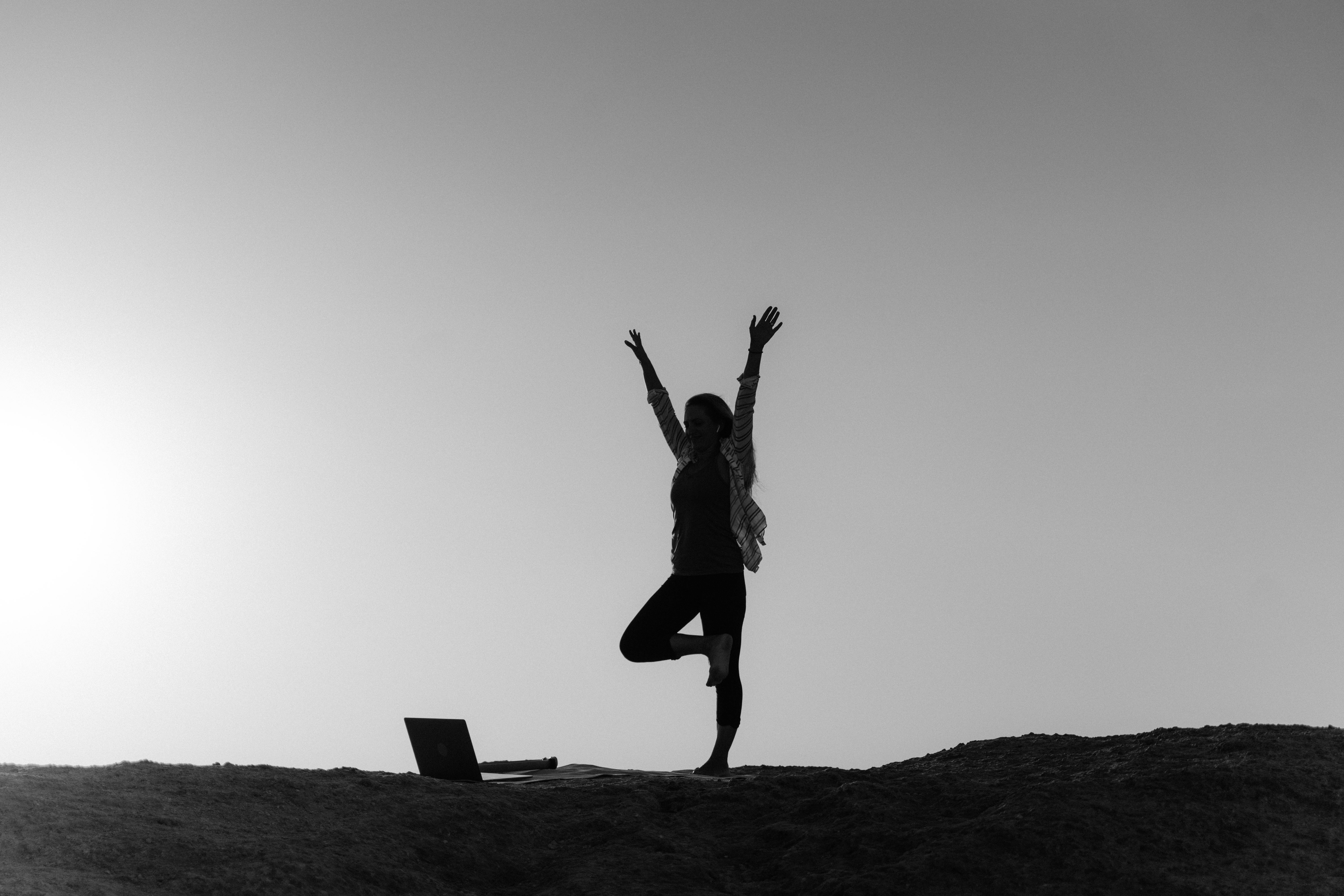Flexibility is easily overlooked in a training environment, although it has numerous benefits. Good flexibility can literally be the difference between achieving your goals or falling short due to injury or pain. Each of the following areas explains how flexibility, when used on a regular basis, will improve your training and quality of life.
1) improve posture
Stretching improves posture by causing the body to rebalance tight muscles. The soft tissue structures of the body of most people are damaged due to poor habitual patterns and a sedentary lifestyle. Stretching can help realign your soft tissue structures, helping you maintain good posture and protecting you from injury. When the body is stretched correctly, not only does posture improve, but many people notice drastic reductions in chronic pain, for example low back pain. Low back pain can be caused by tight muscles that help support and protect the back. So when the hamstrings, quads, hip flexors, gluteus medius, etc. stretch properly, stress on the lower back is reduced, and this can alleviate or even eliminate pain.
2) Better performance and decreased risk of injury
Proper stretching techniques also increase physical performance. When muscles and joints become more flexible, they have the ability to move through a greater range of motion and with more power. Also, with increased flexibility, less energy is needed to achieve the full range of motion, so your movement becomes more efficient and effective. Stretching decreases resistance in tissue structures, making them more flexible and therefore less susceptible to injury due to over-extension or improper movement.
3) Eliminates the shortening of the muscles.
Chronic muscle shortening causes many problems. When a person performs resistance training, the muscles contract over and over again. Over time, this will lead to loss of full range of motion, improper movement patterns, joint pain, and loss of mobility. However, these problems can be alleviated simply by performing warm-up and cool-down stretches. Also, on days off, stretching can be done as part of training. It can even be done when you have a few free minutes or while watching TV. Think of it this way: as you contract your muscles, they get shorter. As you stretch them, they get longer. Therefore, it is very important to balance your workouts with stretching to avoid shortening of the muscles.
4) Helps reduce muscle soreness and stiffness, and improves blood flow.
Stretching helps dissipate lactic acid build-up in the muscle being worked, helping to remove sore and stiff muscles the next day. It also helps to aid in blood flow to the tissue. Blood carries the nutrients necessary to repair tissues after a workout. Stretching increases the temperature of the tissue, which in turn increases circulation.
For more information on dynamic flexibility and much more, visit http://www.dynamicsofmotion.com



Recent Comments